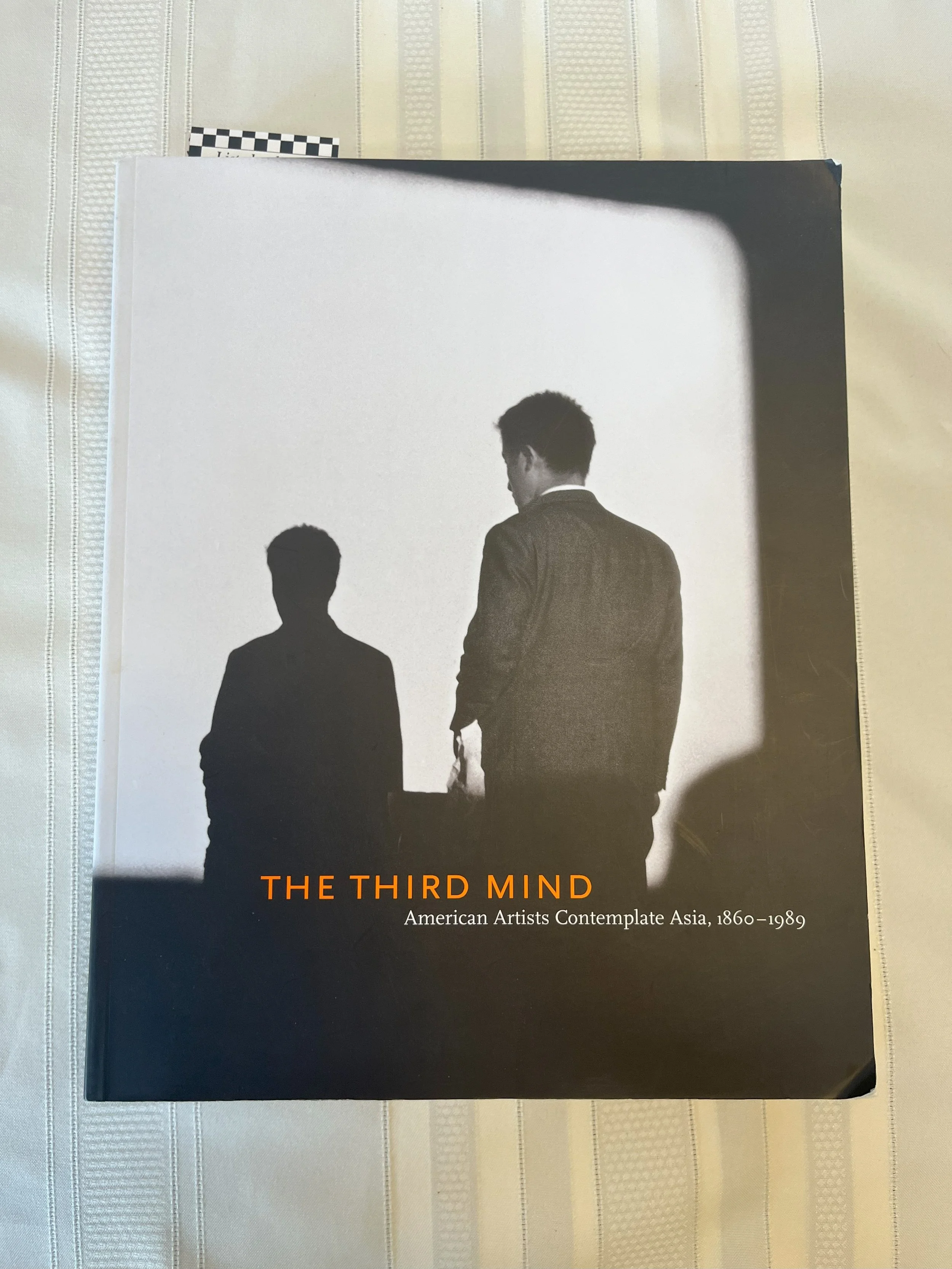 Image 1 of 12
Image 1 of 12

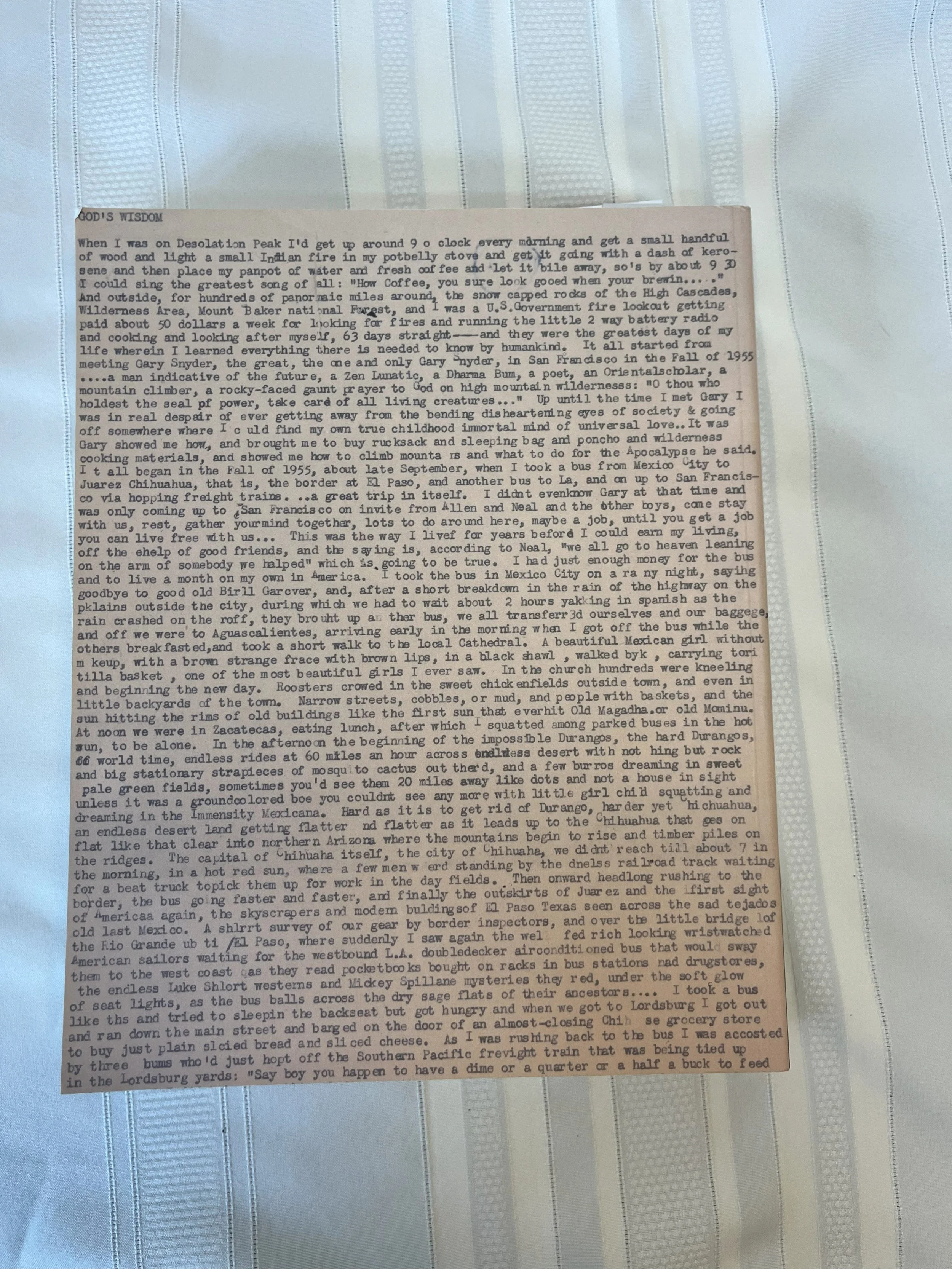 Image 2 of 12
Image 2 of 12

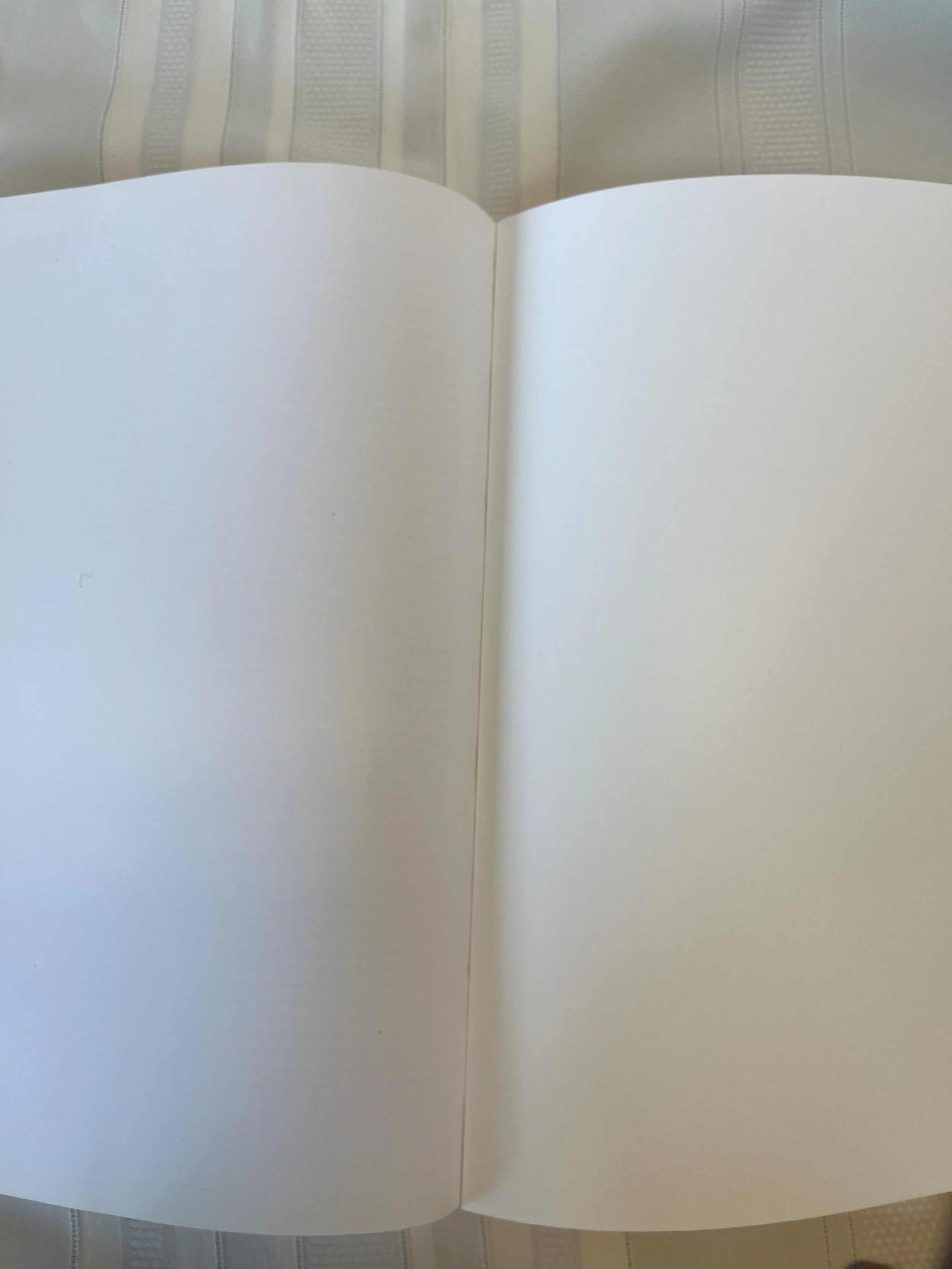 Image 3 of 12
Image 3 of 12

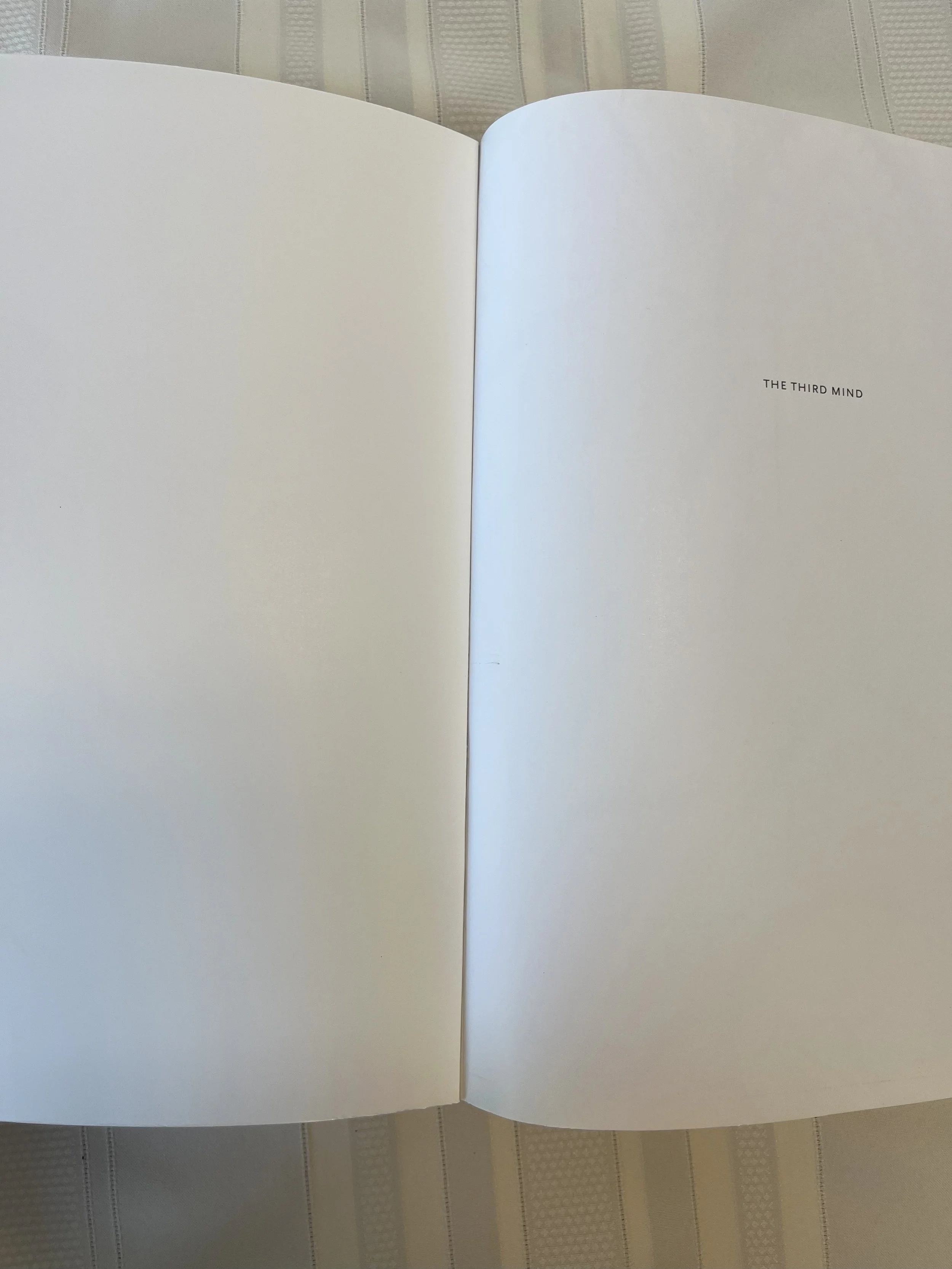 Image 4 of 12
Image 4 of 12

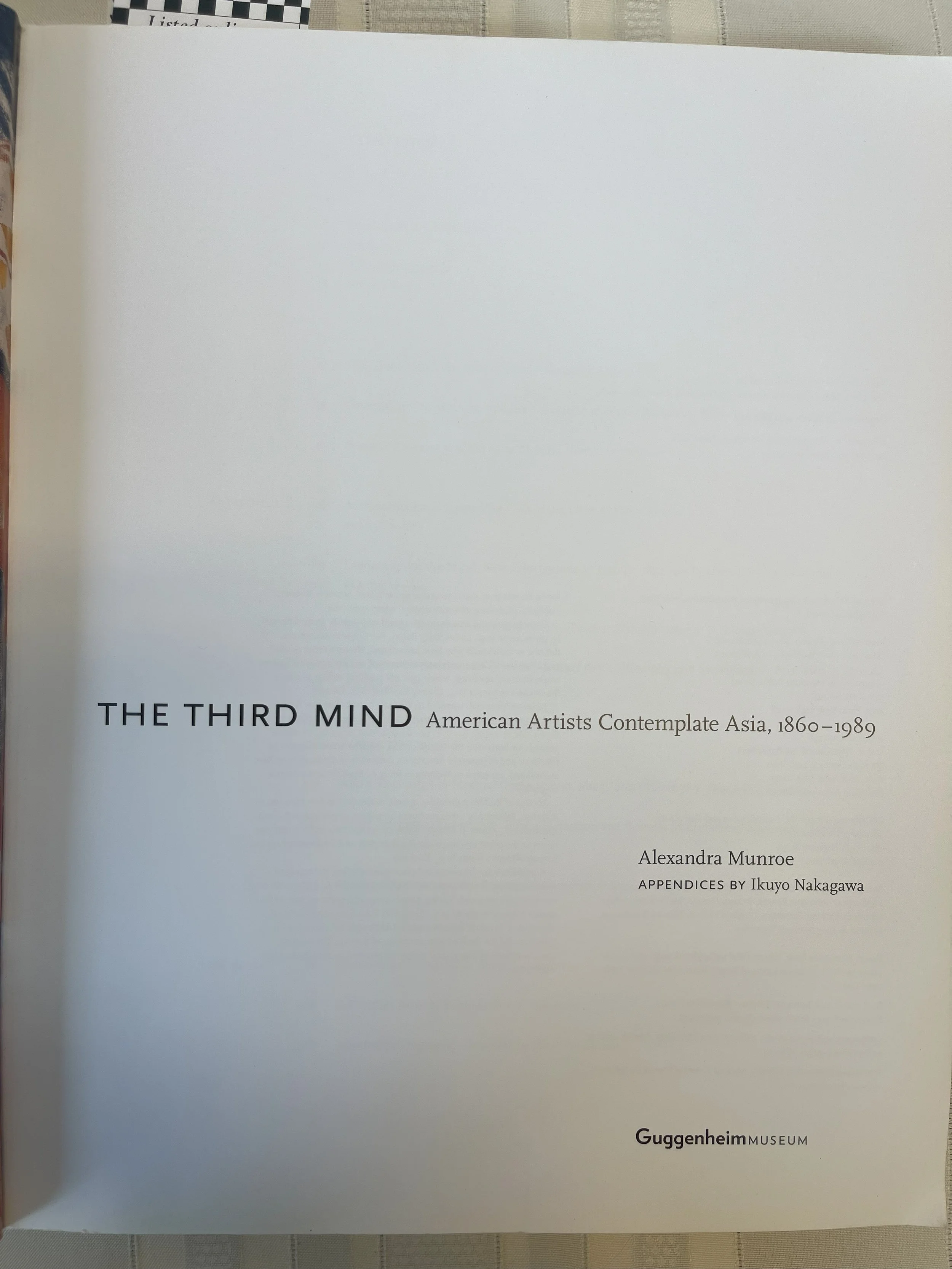 Image 5 of 12
Image 5 of 12

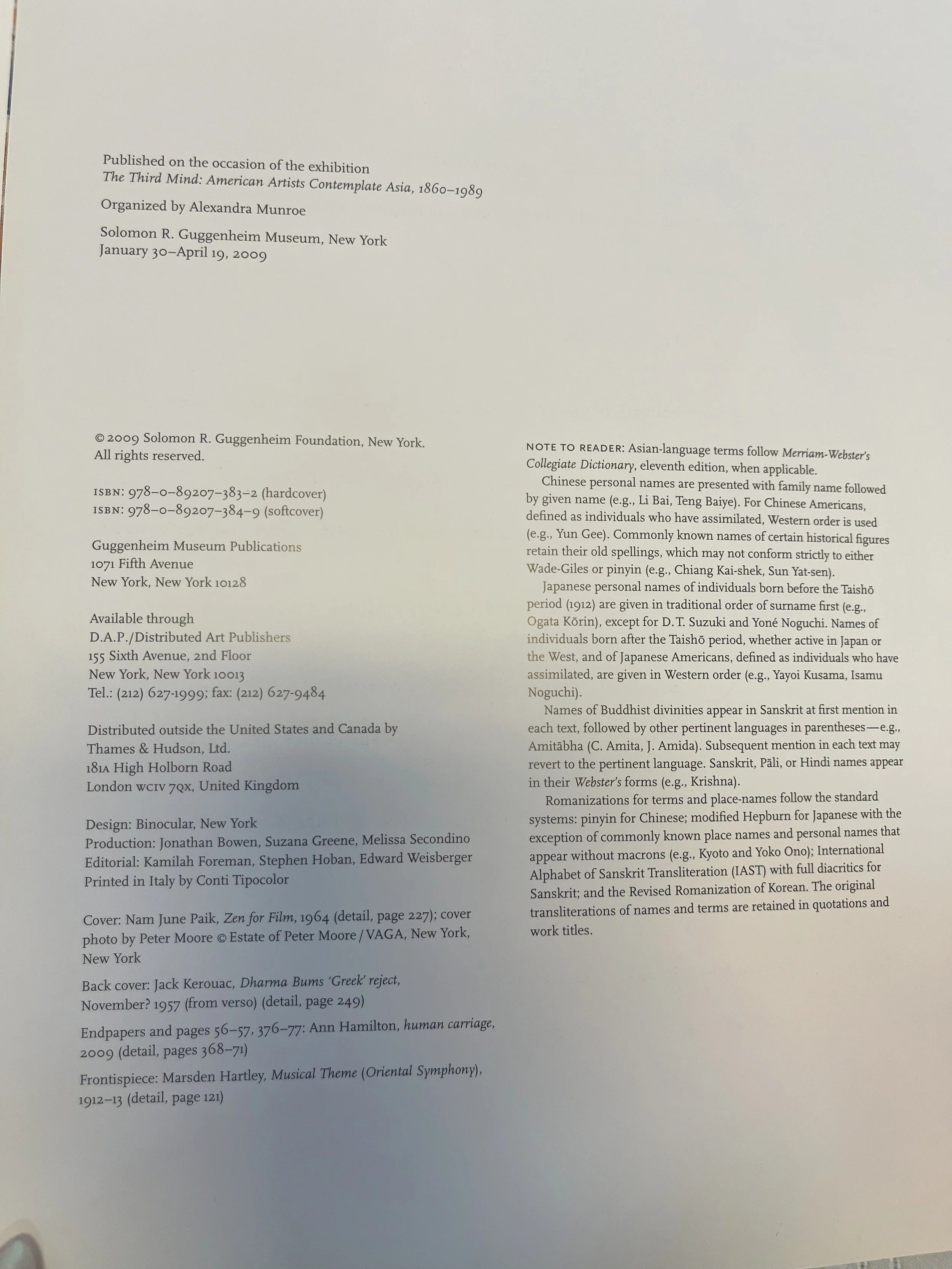 Image 6 of 12
Image 6 of 12

 Image 7 of 12
Image 7 of 12

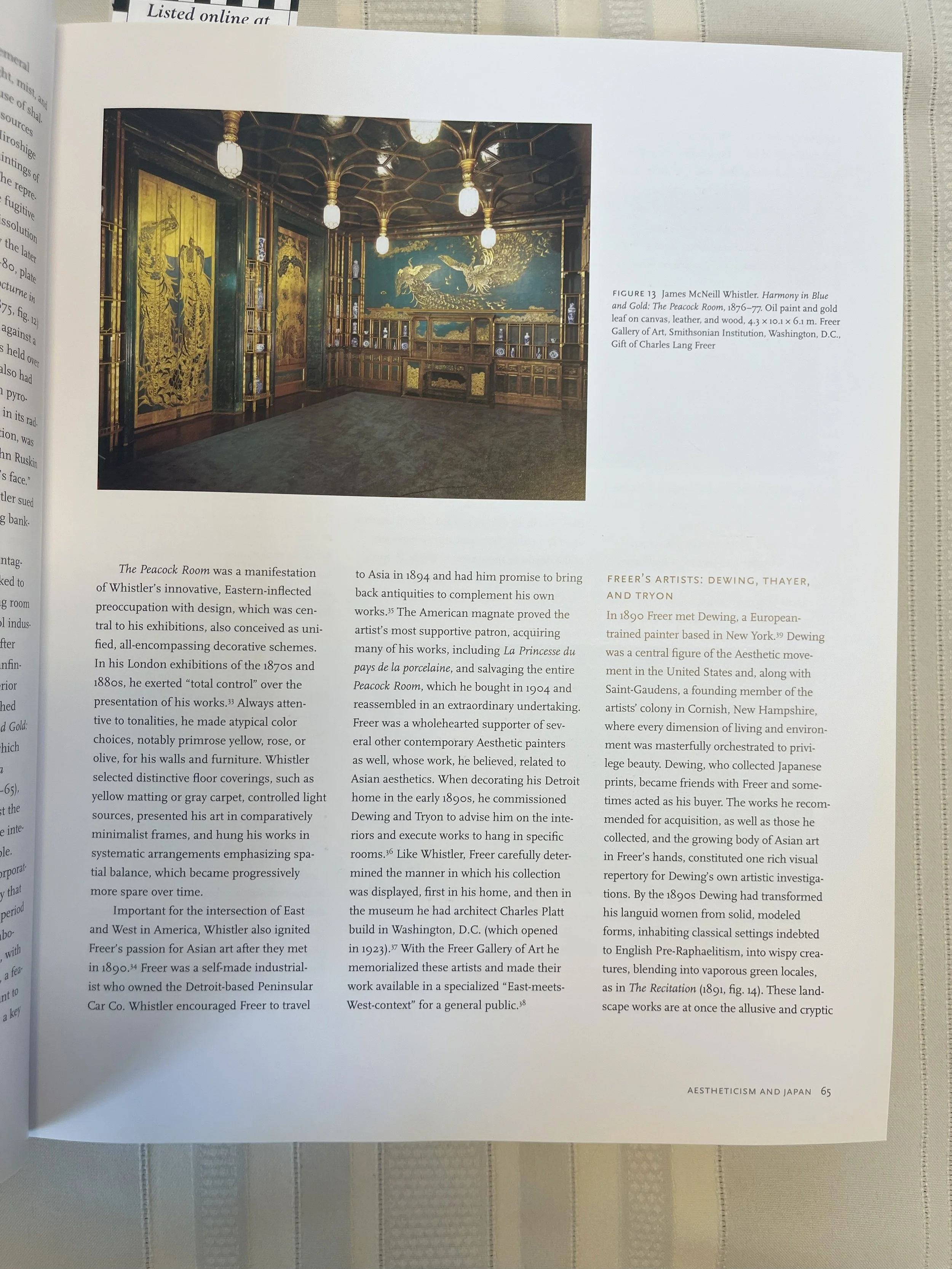 Image 8 of 12
Image 8 of 12

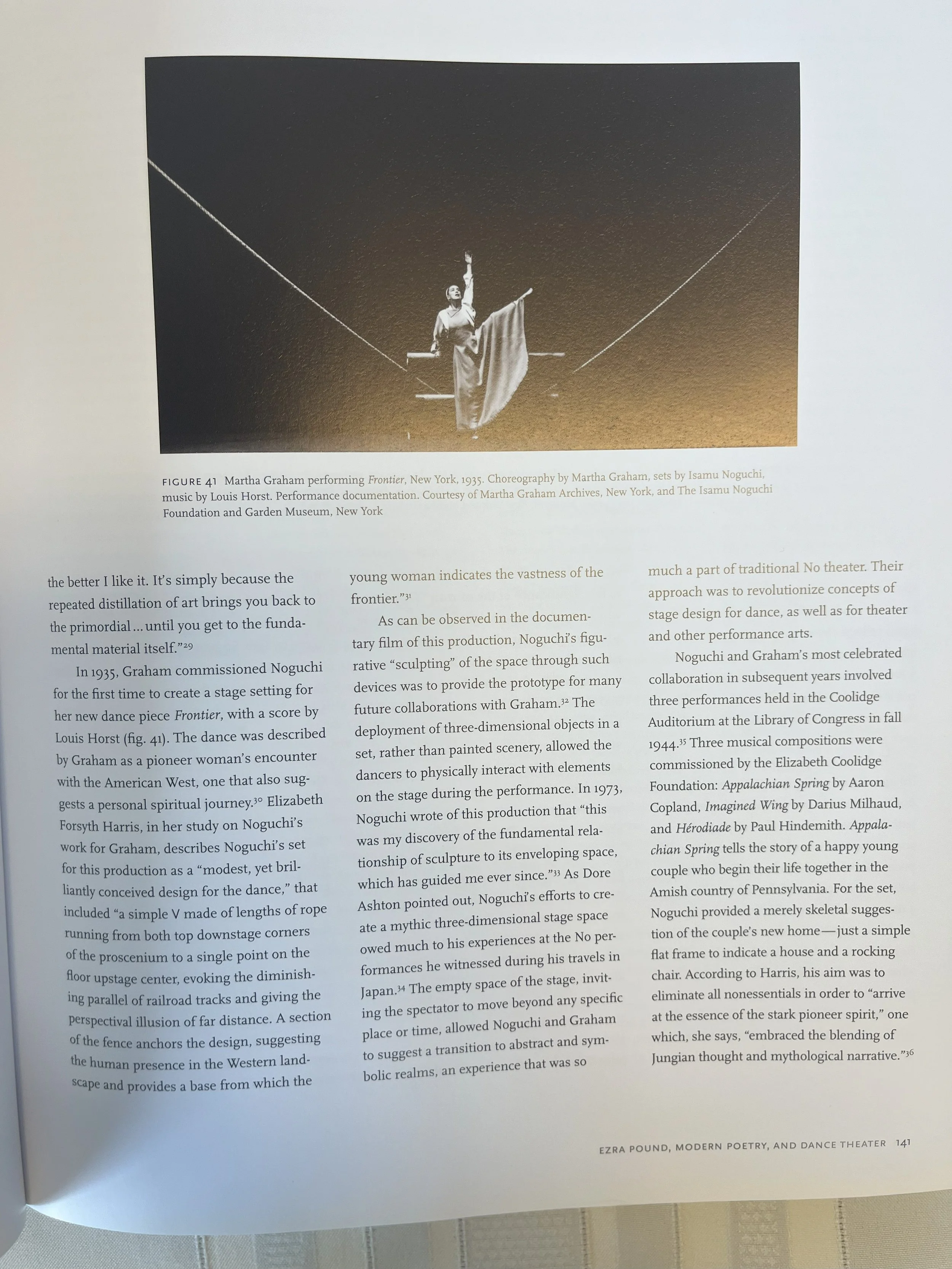 Image 9 of 12
Image 9 of 12

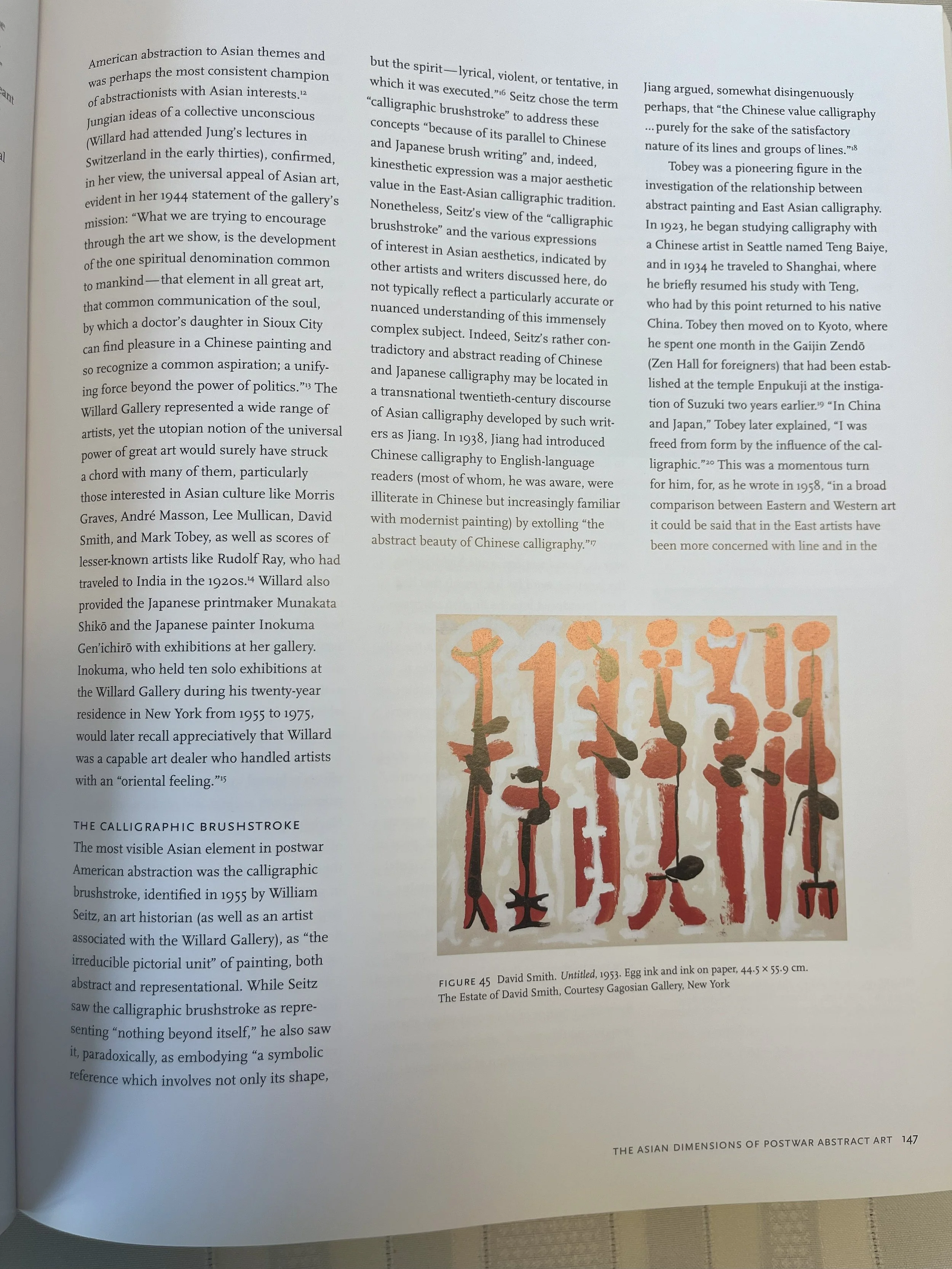 Image 10 of 12
Image 10 of 12

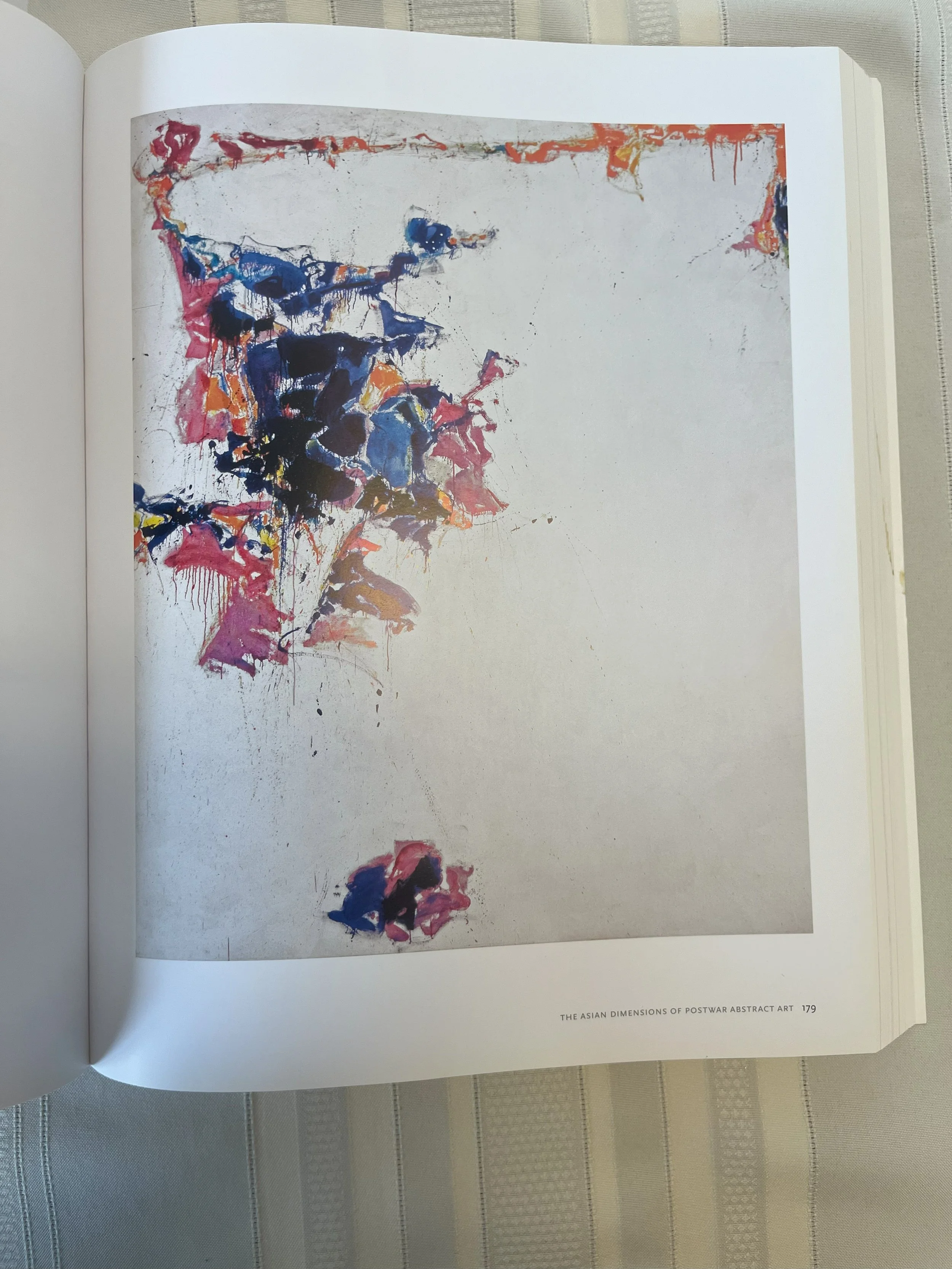 Image 11 of 12
Image 11 of 12

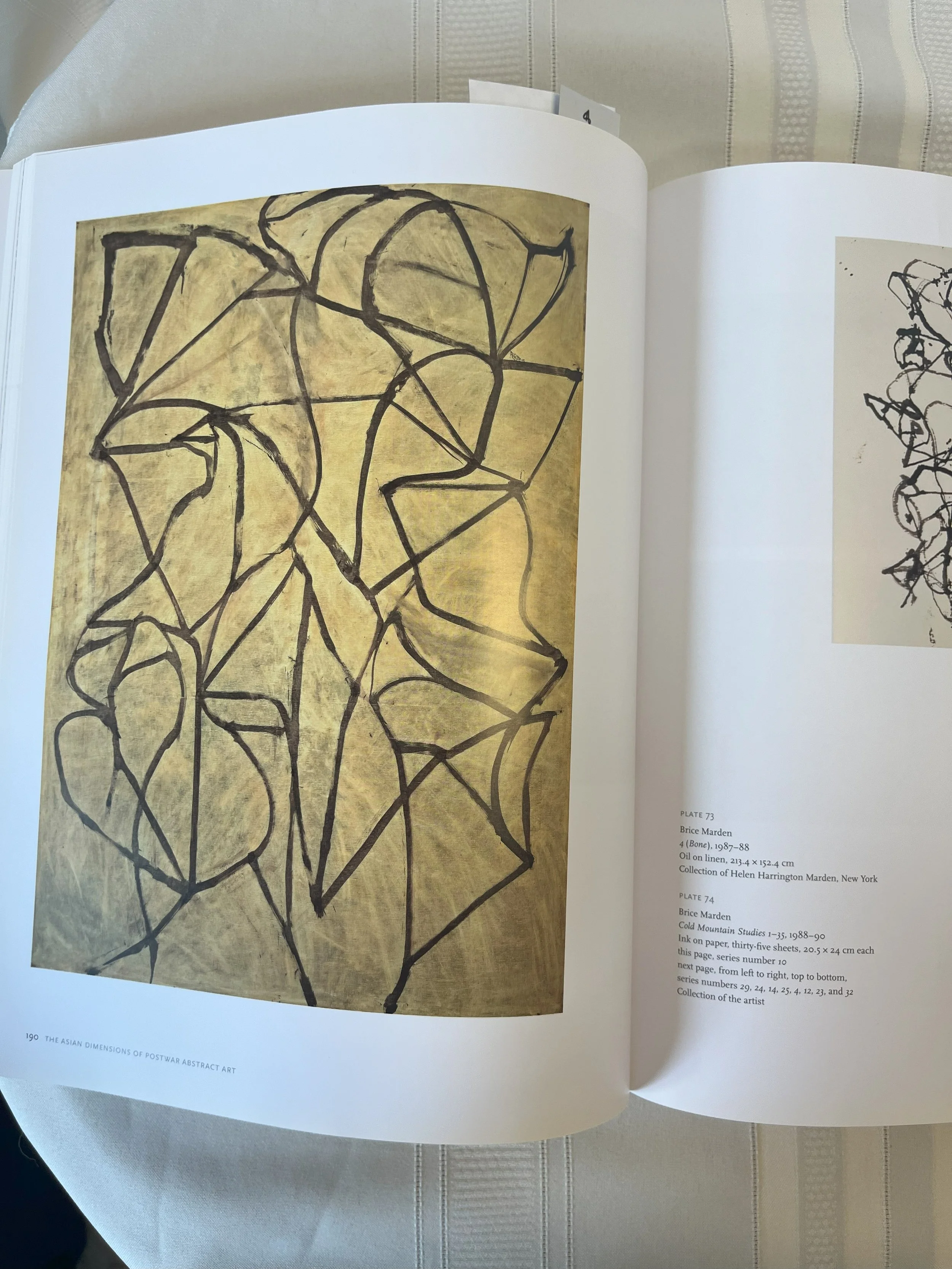 Image 12 of 12
Image 12 of 12













The Third Mind: American Artists Contemplate Asia, 1860-1989, By Alexandra Munroe
Organized by Alexandra Munroe
Appendices by Ikuyo Nakagawa
Publisher: Solomon R. Guggenheim Museum
Hardcover
ISBN: 978-0-89207-384-9
Page Count: 440
The exhibition had a heroic goal, to show how a breadth of Asian arts from a region comprising about half of the world’s population became the basis for derivative versions that were altered by American social forces. Does it succeed? If it does, will this ‘successful interpretation’ be agreed with 30 years from now? It’s interesting to layer current understandings on prior takes in a form of intellectual stratigraphy. Each era is certain theirs is the definitive final word. But at least they get the double thumbs up for trying.
Self-description from the book: The Third Mind: American Artists Contemplate Asia, 1860-1989" illuminates the dynamic and complex impact of Asian art, literary texts and philosophical concepts on American artistic practices from the late nineteenth century through the present. Released to accompany a major survey at the Solomon R. Guggenheim Museum, "The Third Mind" traces how the classical arts of India, China and Japan and the systems of Hindu, Taoist, Tantric Buddhist and Zen Buddhist thought that were collectively admired as the "East" were known, reconstructed and transformed by American cultural, intellectual and political forces. Featuring 270 objects in an array of media including painting, works on paper, books and ephemera, sculptures, video art and installations, this richly illustrated catalogue also includes scholarly essays by museum curators and academics specializing in art history, intellectual history, Asian studies and Postcolonial religious and cultural studies and representing a range of interdisciplinary perspectives.
Condition: Excellent in all dimensions
Organized by Alexandra Munroe
Appendices by Ikuyo Nakagawa
Publisher: Solomon R. Guggenheim Museum
Hardcover
ISBN: 978-0-89207-384-9
Page Count: 440
The exhibition had a heroic goal, to show how a breadth of Asian arts from a region comprising about half of the world’s population became the basis for derivative versions that were altered by American social forces. Does it succeed? If it does, will this ‘successful interpretation’ be agreed with 30 years from now? It’s interesting to layer current understandings on prior takes in a form of intellectual stratigraphy. Each era is certain theirs is the definitive final word. But at least they get the double thumbs up for trying.
Self-description from the book: The Third Mind: American Artists Contemplate Asia, 1860-1989" illuminates the dynamic and complex impact of Asian art, literary texts and philosophical concepts on American artistic practices from the late nineteenth century through the present. Released to accompany a major survey at the Solomon R. Guggenheim Museum, "The Third Mind" traces how the classical arts of India, China and Japan and the systems of Hindu, Taoist, Tantric Buddhist and Zen Buddhist thought that were collectively admired as the "East" were known, reconstructed and transformed by American cultural, intellectual and political forces. Featuring 270 objects in an array of media including painting, works on paper, books and ephemera, sculptures, video art and installations, this richly illustrated catalogue also includes scholarly essays by museum curators and academics specializing in art history, intellectual history, Asian studies and Postcolonial religious and cultural studies and representing a range of interdisciplinary perspectives.
Condition: Excellent in all dimensions